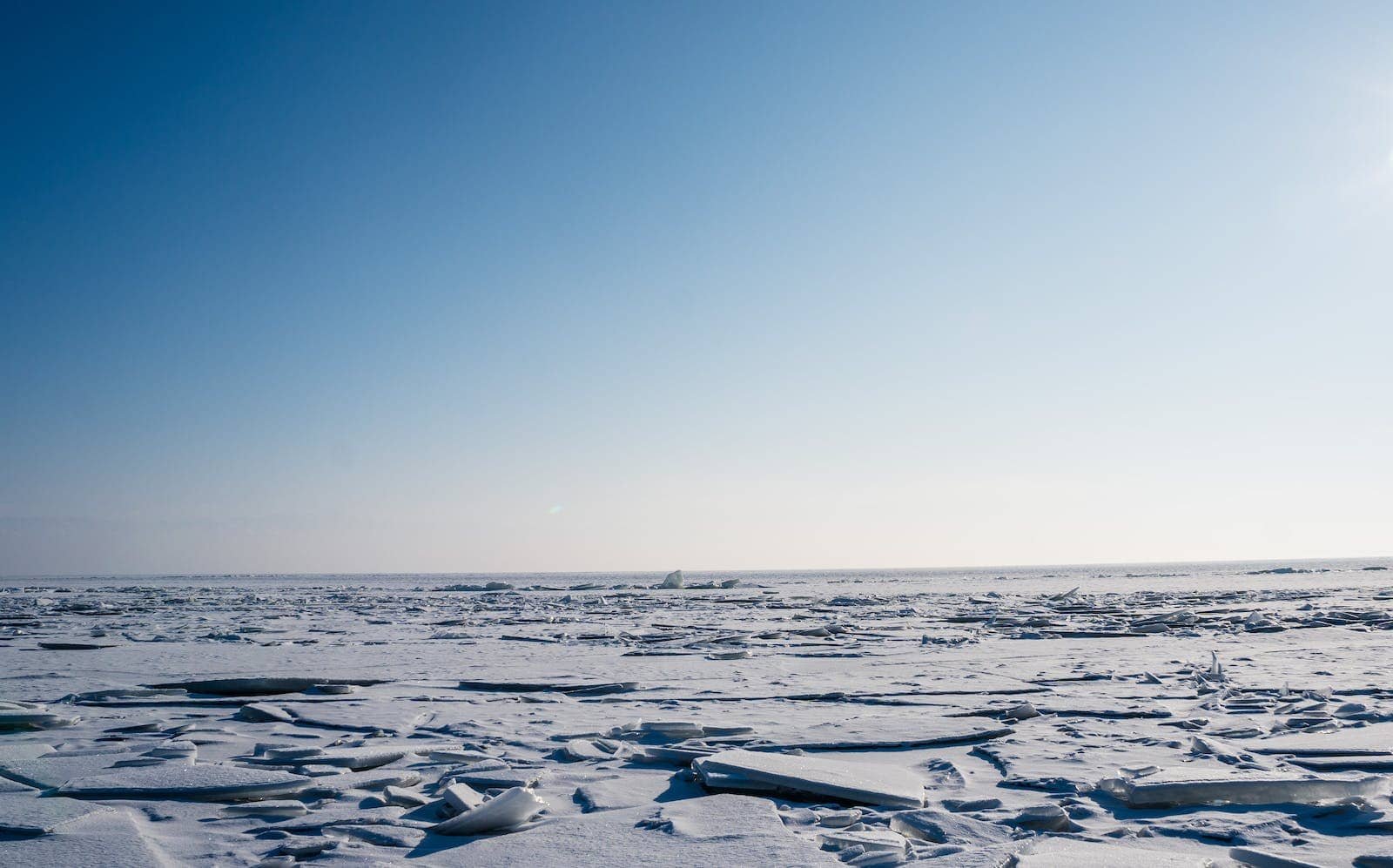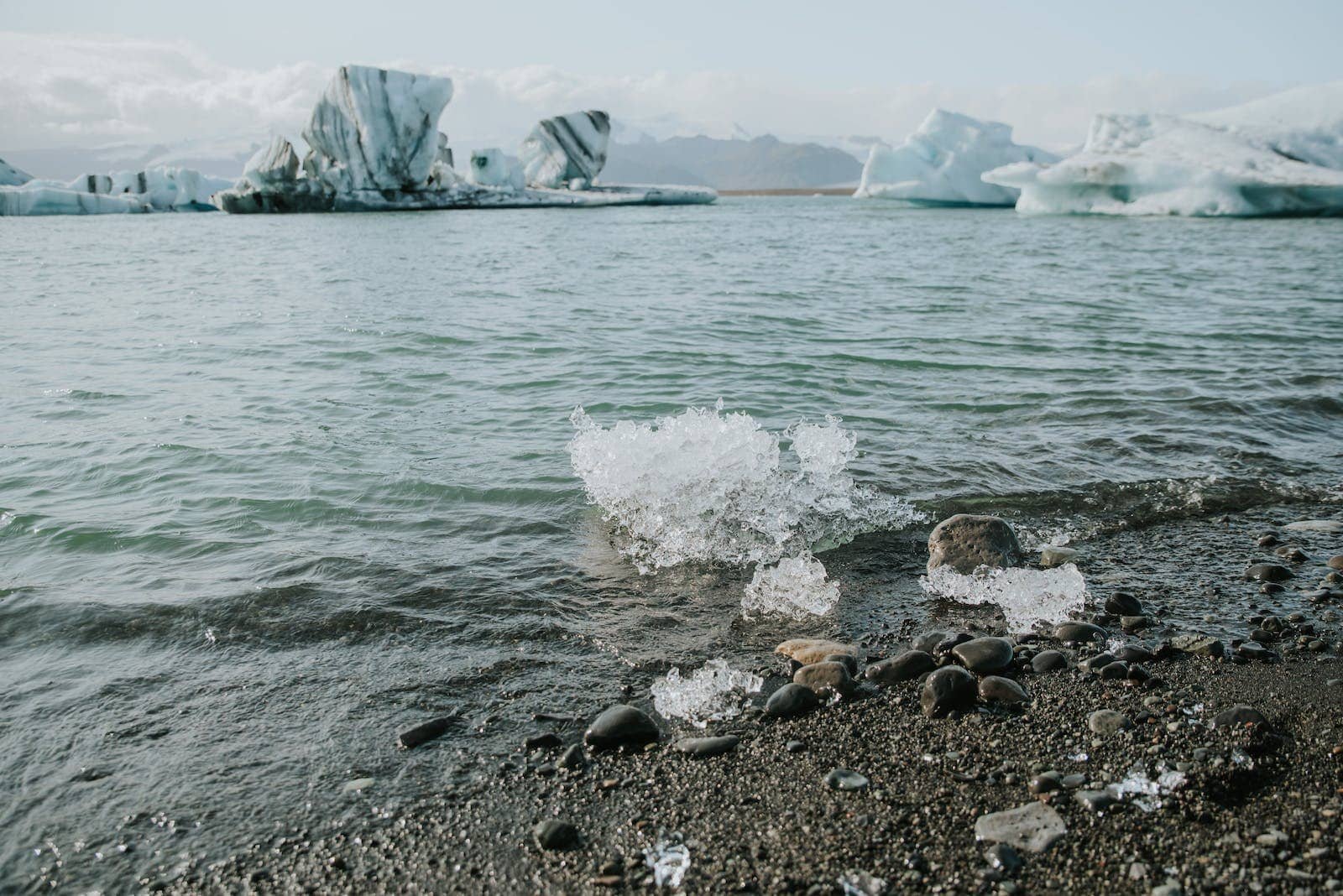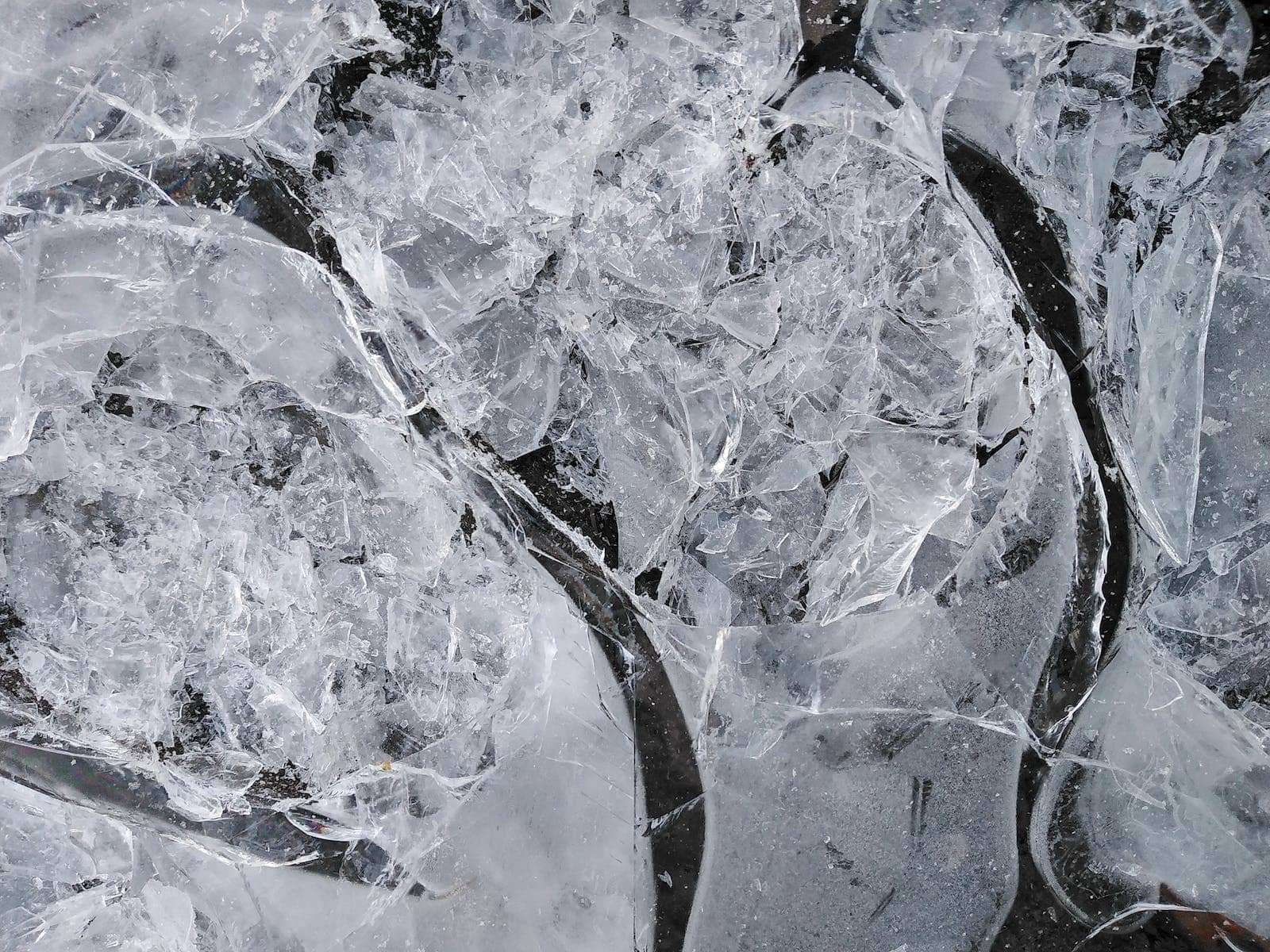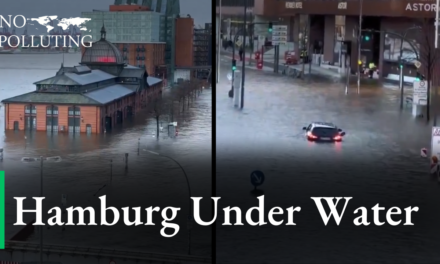A new study published in Nature Communications has found that the Arctic Ocean could be ice-free in summer by the 2030s, even if there are significant reductions in greenhouse gas emissions.
This conclusion is worrying, as the disappearance of sea ice at the top of the world would not only be an emblematic sign of climate breakdown, but it would also have global, damaging, and dangerous consequences.
History of Arctic Ice Predictions:

The predictions of an ice-free Arctic Ocean have a long and complicated history, with the 2030s being sooner than most scientists had thought possible (though it is later than some had wrongly forecast).
The Arctic has been experiencing climate heating faster than any other part of the planet.
As the Arctic is at the frontline of climate change, the eyes of many scientists and local indigenous people have been on the sea ice that covers much of the Arctic Ocean in winter.
Sea Ice Shrinks:

This thin film of frozen seawater expands and contracts with the seasons, reaching a minimum area in September each year.
The ice that remains at the end of summer is called multiyear sea ice and is considerably thicker than its seasonal counterpart.
Over the past 40 years, this multiyear sea ice has shrunk from around 7 million sq km to 4 million.
That is a loss equivalent to roughly the size of India or 12 UKs.
Predicting When the Arctic Ocean Might First Become Ice-Free:

There has been considerable effort invested in determining when the Arctic Ocean might first become ice-free and it sometimes called a “blue ocean event” and defined as when the sea ice area drops below 1 million sq kms.
This threshold is used mainly because older, thicker ice along parts of Canada and northern Greenland is expected to remain long after the rest of the Arctic Ocean is ice-free.
Melting Faster Than Models Predicted:
Back in the 2000s, an assessment of early generations of climate models found they generally underpredicted the loss of sea ice when compared to satellite data showing what actually happened.
The models predicted a loss of about 2.5% per decade, while the observations were closer to 8%.
The next generation of models did better but were still not matching observations which, at that time, were suggesting a blue ocean event would happen by mid-century.
The latest IPCC climate science report, published in 2021, reaches a similar conclusion about the timing of an ice-free Arctic Ocean.
New Observationally Constrained Projections:

The scientists behind the latest study have taken a different approach by calibrating the models with the observations and then using this calibrated solution to project sea ice decline.
They call these “observationally constrained” projections and find that the Arctic could become ice-free in summer as early as 2030, even if there are significant reductions in greenhouse gas emissions between now and then.
Why This Matters:
Arctic sea ice is an important component of the climate system.
As it dramatically reduces the amount of sunlight absorbed by the ocean, removing this ice is predicted to further accelerate warming, through a process known as a positive feedback.
This, in turn, will make the Greenland ice sheet melt faster, which is already a major contributor to sea level rise.
The loss of sea ice in summer would also mean changes in atmospheric circulation and storm tracks, and fundamental shifts in ocean biological activity.
These are just some of the highly undesirable consequences, and it is fair to say that the disadvantages will far outweigh the slender benefits.










